Updated: November 6, 2024
Chatbots continue to transform customer engagement, acting as the first point of interaction for countless users across industries. With advancements in artificial intelligence, these digital assistants are more efficient, personalized, and capable of delivering seamless experiences for users. This updated guide will walk you through the essentials of building a chatbot, covering the latest technologies, trends, and techniques to ensure that building a chatbot not only functions but also adds tangible value to your business.
Why Building a Chatbot is Essential in 2024 and beyond
Market Potential
The chatbot application development industry is experiencing significant growth, with projections indicating a market size of USD 7.01 billion in 2024, expected to reach USD 20.81 billion by 2029, growing at a CAGR of 24.32% during the forecast period, according to Mordor Intelligence. Both enterprises and startups view chatbot development as a strategic investment for streamlining operations and enhancing customer experiences.
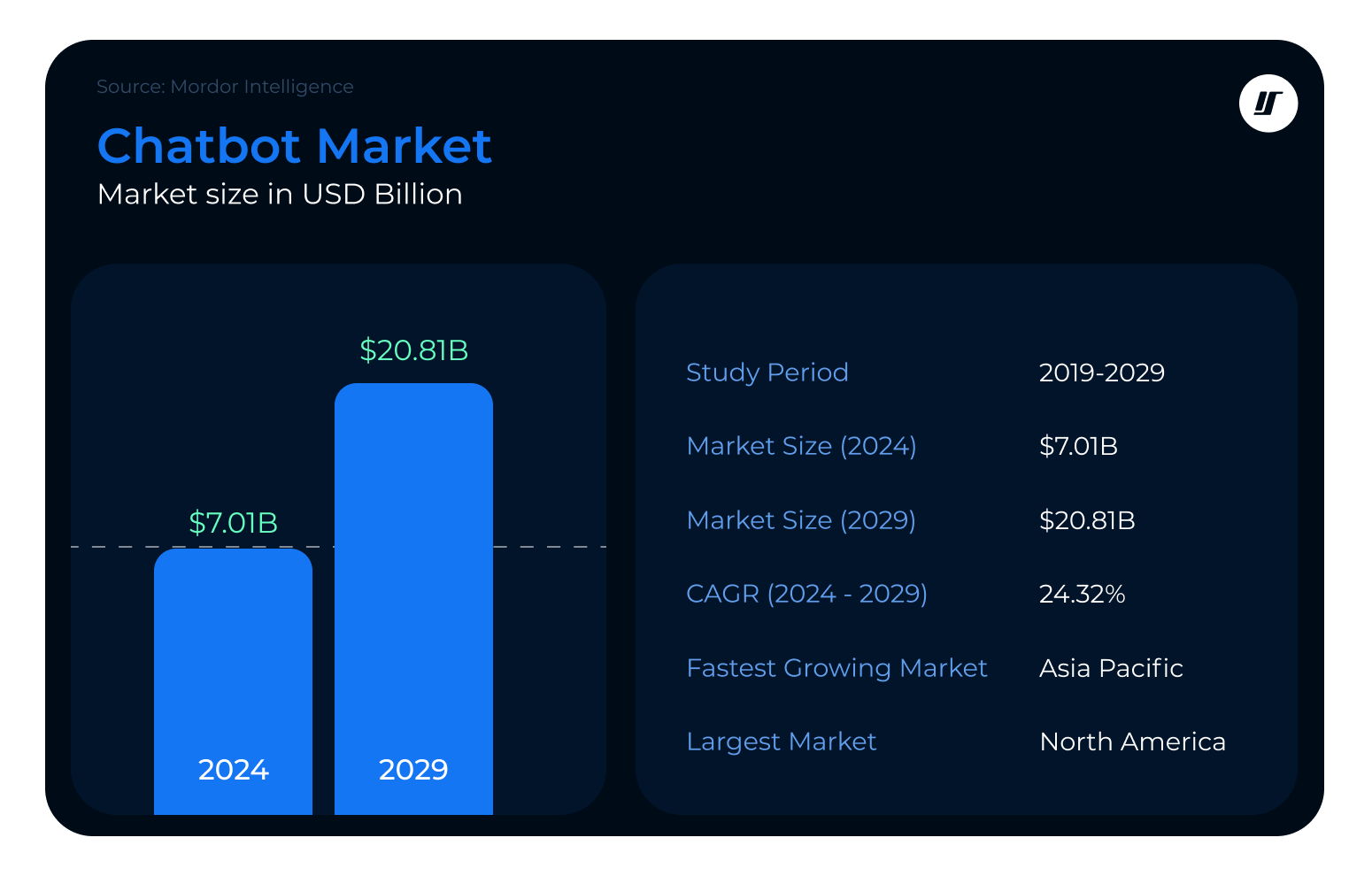

Data Collection
Chatbots gather important customer data, allowing businesses to understand user behavior, preferences, and areas of concern. This data is invaluable for refining marketing strategies, optimizing product offerings, and enhancing customer interactions.
24/7 Availability
Chatbots operate around the clock, providing constant accessibility for customers, which is particularly valuable in global markets where businesses need to offer 24/7 support. This feature is especially useful for e-commerce, healthcare, and finance industries, where immediate responses can increase satisfaction and engagement.
Operational Efficiency
Beyond customer-facing applications, chatbots streamline internal workflows by automating repetitive tasks like scheduling, HR inquiries, and initial screenings. For example, a manufacturing chatbot development can track inventory, check order statuses, or retrieve production schedules.
How Chatbots Work
A well-designed chatbot architecture diagram illustrates the complex components of a chatbot. Understanding these essential parts will provide insight into how to build a chatbot effectively.
Pattern Recognition
This process involves recognizing user input patterns and providing appropriate responses. For simple tasks, bots may use a rule-based system, but AI-powered bots use machine learning models that learn from user interactions, enabling a more flexible and natural response pattern.
Natural Language Processing
NLP is a core component in AI chatbot development. It allows the bot to interpret and process human language, converting it into structured data. NLP-based chatbot NLP architecture can understand synonyms, grammar, and even misspelled words, allowing for a more intuitive conversation with users.
Sentiment Analysis
Sentiment analysis enables the chatbot to interpret the emotional tone behind messages. For instance, if the user’s message is marked as “frustrated” or “urgent,” the bot may escalate the issue to a human representative for faster resolution.
Knowledge Base
A knowledge base serves as the brain of the chatbot, storing all FAQs, product information, company policies, and other resources that users may need. When users ask questions, the chatbot retrieves relevant information from this repository, providing instant answers to customer inquiries.
Data Storage
Modern chatbots need a data storage component that logs user interactions. These logs are essential for training the bot, improving responses, and gaining insights into user behavior over time.
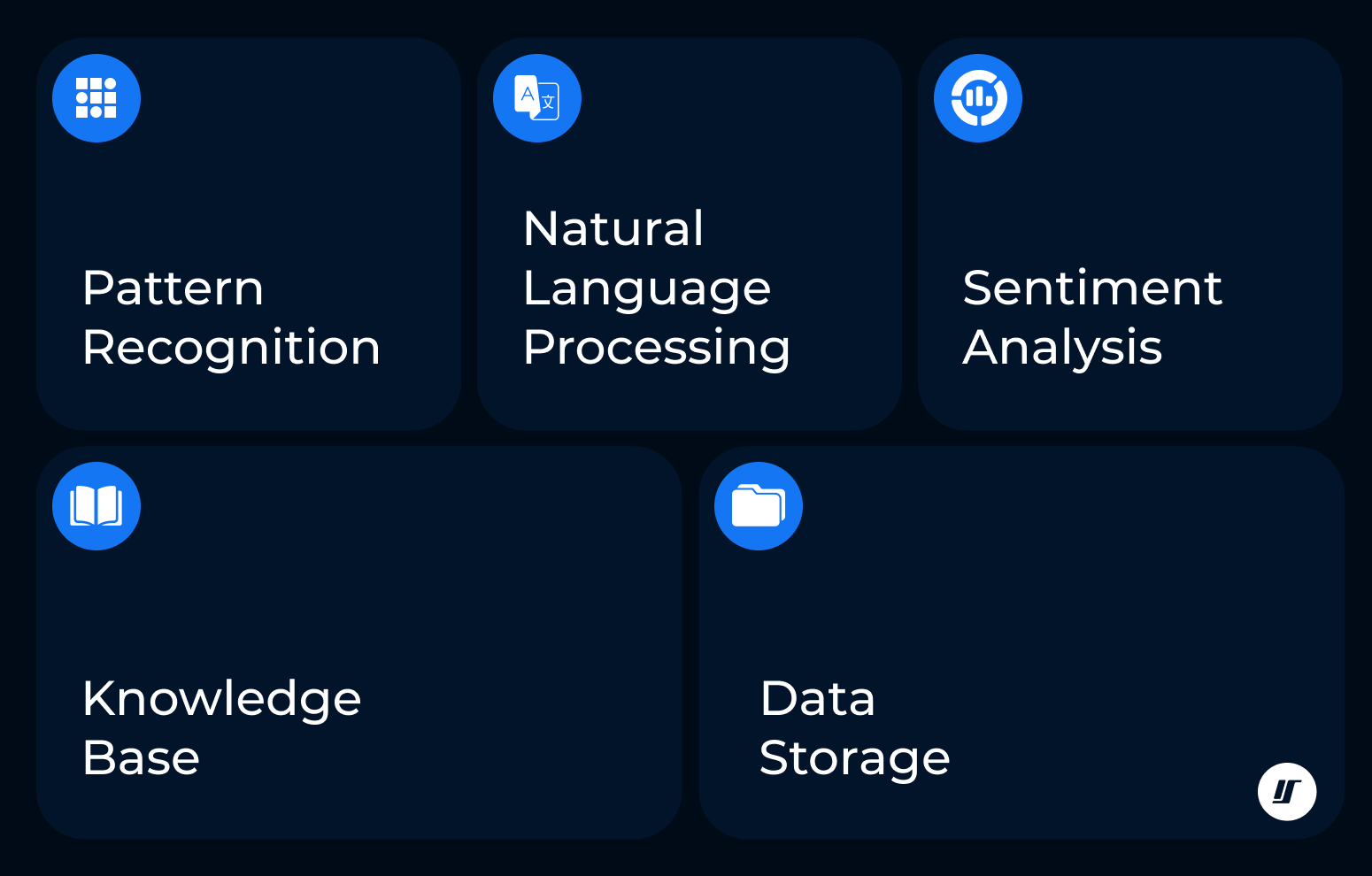

Types of Chatbots: From Rule-Based Bots to AI-Powered Solutions
As the chatbot landscape grows, a variety of chatbot types cater to specific needs, industries, and user interactions. Each type serves distinct functions based on the complexity and requirements of the task at hand, ranging from straightforward rule-based bots to more advanced AI-powered, voice-driven, and platform-specific solutions.
Rule-Based Bots
Rule-based bots use predefined commands to handle predictable queries, following decision trees or scripted dialogues. This straightforward chatbot development process makes them a cost-effective choice for basic support tasks, such as FAQs or common requests like order tracking.
Deployment Speed
Rule-based bots can be set up quickly, making them ideal for businesses that need a simple chatbot application to handle basic tasks without a significant investment.
Limitations
While rule-based bots excel at straightforward tasks, they lack flexibility and adaptability. They may struggle to respond accurately if a user’s question doesn’t align with pre-programmed responses, often leading to a more rigid user experience.
Best Use Cases
Frequently asked questions, basic customer support inquiries, and routine transactions in e-commerce or banking.
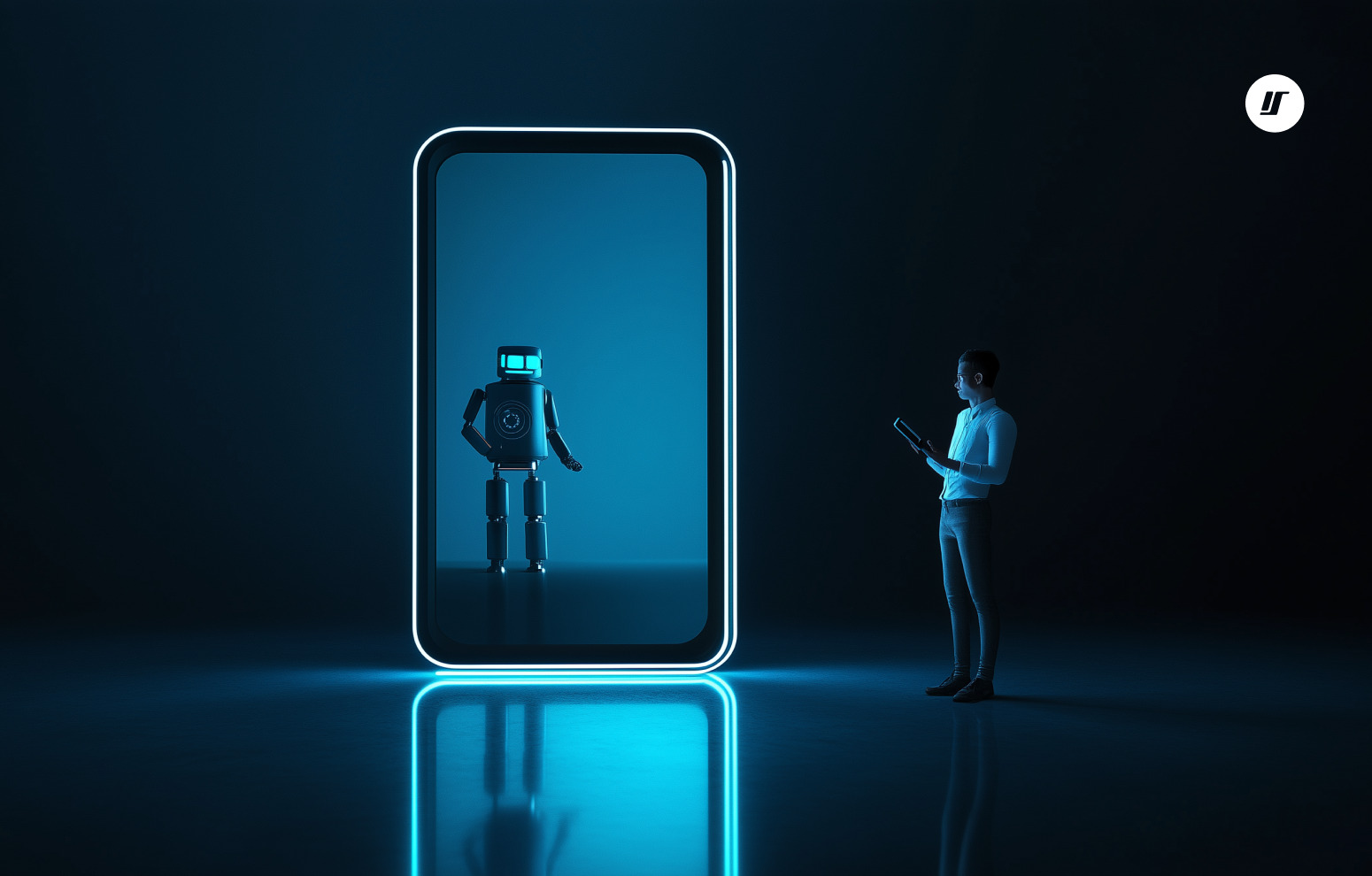

Voice-Driven Bots
Voice-driven bots leverage advancements in voice recognition and NLP to provide hands-free interactions. Often integrated with popular voice assistants like Alexa, Siri, or Google Assistant, these chatbots interpret spoken language and respond verbally, creating an intuitive, natural interaction for users. They are increasingly popular in 2024 as more users adopt voice-activated technology.
Accessibility
Voice-driven chatbots are especially beneficial for users who prefer or need hands-free access, making them ideal for mobile users, individuals with disabilities, or those engaged in other activities.
Enhanced User Experience
The conversational, voice-based interaction often feels more natural for users, enhancing their experience and making the bot more engaging. Voice-driven chatbots can also simplify complex actions, such as making reservations, checking schedules, or managing calendar events.
Best Use Cases
Applications include customer support hotlines, healthcare guidance (such as symptom checkers), banking (checking account balances), and e-commerce tasks (such as product recommendations and order tracking).
Platform-Based Bots
Platform-based bots are specifically designed to operate within particular platforms, like websites, mobile apps, or social media channels. To build a chatbot for your website or another specific platform helps businesses reach customers directly on the platforms they frequently use, ensuring high accessibility and engagement. Additionally, many businesses use cross-platform bots to deliver a seamless, cohesive experience across all user touchpoints.
Cross-Platform Flexibility
These bots can be configured to operate seamlessly across various platforms, ensuring a consistent user experience. Some platforms, like Facebook Messenger or Slack, have unique capabilities, which can enhance the bot’s functionality.
Integration Capabilities
Platform-based chatbots can integrate with backend systems such as CRM, ERP, and e-commerce platforms, allowing them to pull data, process transactions, and manage user accounts. This integration makes them versatile tools for both customer engagement and internal workflows.
Best Use Cases
Platform-specific bots are effective for businesses aiming to improve user engagement on particular channels. They’re ideal for use on corporate websites, social media platforms for customer engagement, and business productivity tools.
AI-Powered Bots
AI-powered bots utilize machine learning and natural language processing within a robust AI chatbot architecture to interpret and respond to nuanced, open-ended user queries. Unlike rule-based bots, AI chatbot development enables these bots to learn from interactions, recognize intent, understand context, and provide tailored responses. This adaptability supports complex, human-like conversations, making them ideal for roles that demand greater flexibility.
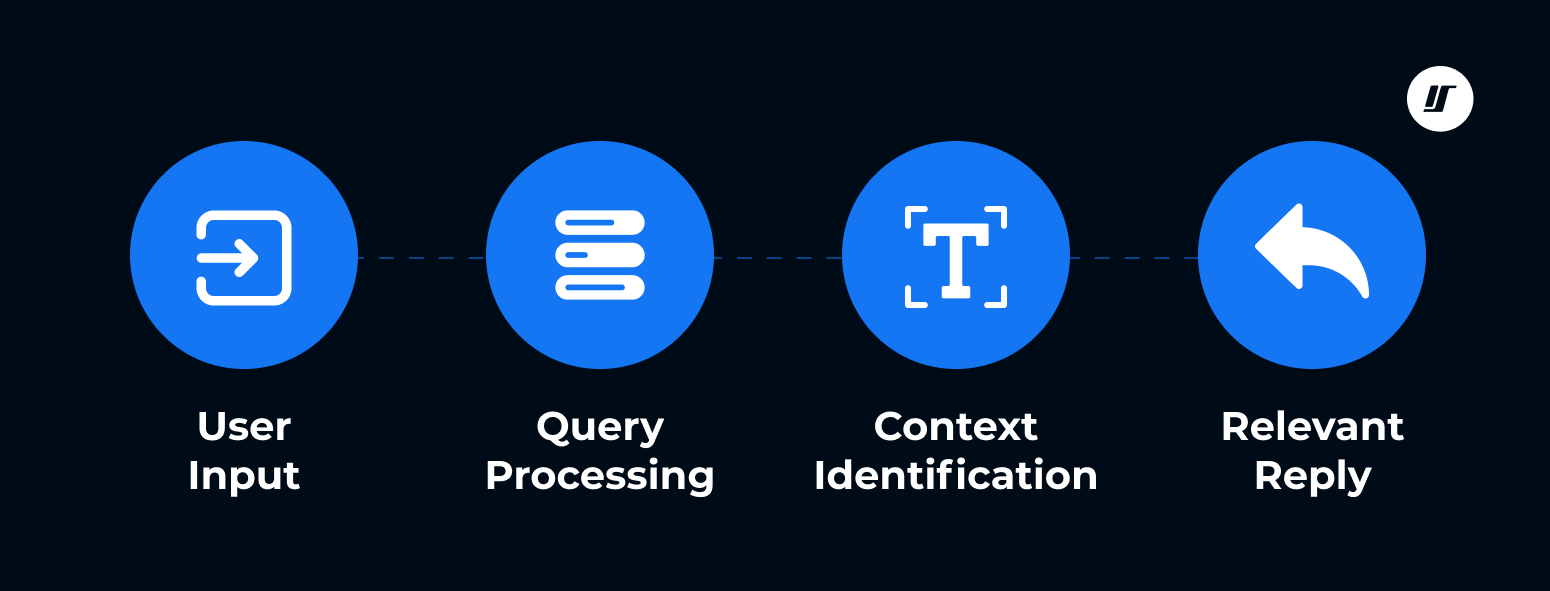

Learning and Adaptation
AI-powered chatbots can improve with each interaction, continually refining their responses and expanding their language understanding. This dynamic learning capability allows them to answer a broader range of inquiries and respond in more conversational ways.
Flexibility
These bots can handle multiple intents and complex queries, even when users ask questions in different ways. They’re particularly useful in industries where customer inquiries vary significantly, such as retail, healthcare, or finance.
Best Use Cases
AI-powered chatbots are ideal for personalized customer support, sales assistance, complex troubleshooting, and lead generation, where understanding user intent and context is crucial.
Each type of chatbot addresses unique needs and excels in particular use cases. By selecting the right type, businesses can optimize their chatbot development process to align with specific goals, from basic customer support to complex, conversational AI. Whether you’re looking to develop a chatbot that follows a fixed script or one that engages users in real-time with adaptive, natural conversations, understanding the types of chatbots will inform a more effective chatbot development methodology.
Steps for Building a Chatbot from the Ground Up
Building an effective chatbot demands a strategic approach that aligns technical needs with business goals. Here’s an in-depth look at the chatbot development process, from planning to deployment.
Define Objectives
Start by defining clear objectives, whether for customer support automation, lead generation, sales assistance, or internal support. For example, a customer support bot should focus on fast, accurate responses and CRM integration, while a sales bot prioritizes lead generation and product recommendations. For internal support, a bot could assist with HR or IT queries. Setting specific goals helps shape the chatbot architecture, technical requirements, and features, aligning the developing a chatbot process with expected functionality and value.
Select Communication Channels
Choose where the chatbot will interact with users, from a single website platform to multiple channels like social media or customer service platforms. A web-based chatbot might be sufficient if your primary audience uses your website, while cross-platform bots enhance user experience across websites, messaging apps, and mobile. This selection informs the technical tools and integrations required for each platform, optimizing the building chatbot reach and engagement.
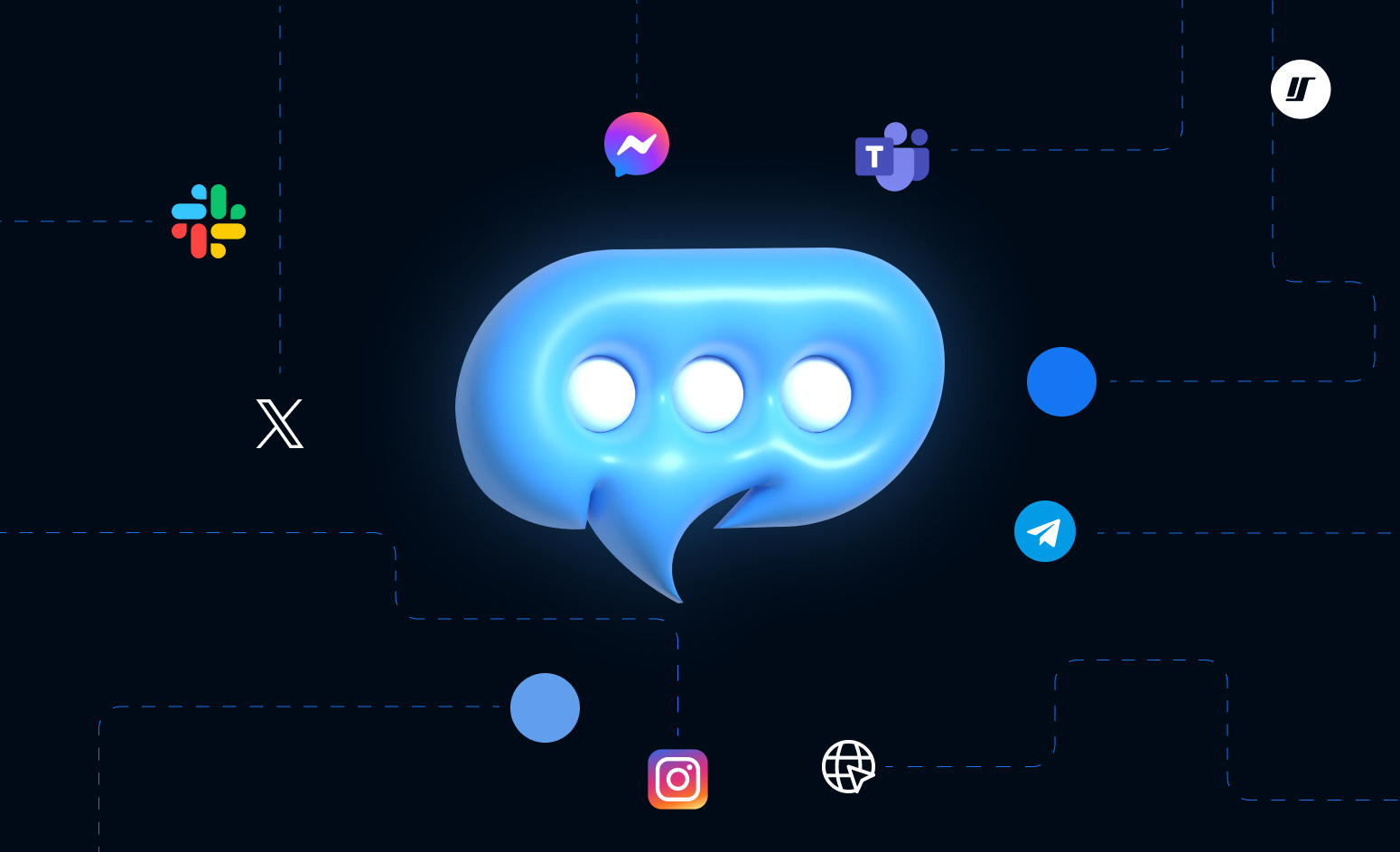

Choose Your Tech Stack
The technology stack for building chatbots depends on the bot’s complexity. For highly specific needs, open-source frameworks like Rasa allow custom development with full control. This choice shapes the building a chatbot process and necessary integrations, ensuring the bot meets its intended use.


Design the Conversation Flow
Creating a logical conversation flow is essential to user experience. This can be visualized with decision trees or a chatbot block diagram, outlining paths based on user inputs. Start with common interactions and escalation points. For AI chatbots, design intent recognition to handle specific queries like “browse products” or “track my order.” Define human escalation paths for complex inquiries, ensuring the chatbot architecture seamlessly supports both automated and live interactions.
Train Your Bot
Training is essential in developing a chatbot. Use sample data from real conversations to teach the bot intent recognition and context awareness. Add variations of phrases to improve interpretation, enabling the bot to remember session context and refine responses. Ongoing training with new data ensures the bot’s accuracy and relevance, making it more effective over time.
Test and Iterate
Testing the chatbot with real users is critical before deployment. Test functionality and user experience by simulating real-world scenarios, evaluating clarity, performance, and accuracy. Based on feedback, refine responses, adjust conversation flows, and optimize the NLP model. Regular testing and iteration ensure the bot evolves with user needs, staying useful and responsive.
Deploy and Monitor
Once testing is complete, it’s time to deploy the bot and monitor its performance. This phase includes how to set up chatbot deployment on target channels, ensuring it integrates well with each platform, like website UI/UX or mobile app interfaces. Use analytics to track metrics like response time and user satisfaction, identifying areas for improvement. Continuous monitoring and data-driven refinement are central to a successful chatbot process, optimizing user engagement and supporting business goals.
Building a chatbot from scratch involves detailed planning, careful design, and ongoing refinement. By following these steps, you can create a chatbot that aligns with your organization’s objectives, delivers a seamless user experience, and adapts to changing user expectations. Each phase of the chatbot development methodology contributes to a robust, adaptable solution that can provide meaningful, automated interactions with users on any platform.
Key Features in a Modern Chatbot Architecture
Modern AI chatbot development aims to create adaptable, efficient, and user-friendly bots that offer seamless experiences across multiple platforms. The following key features are essential to a robust chatbot architecture, ensuring that bots provide value to both users and businesses.
Cross-Platform Functionality
A modern AI chatbot architecture should enable building chatbots that work seamlessly across websites, mobile apps, and social media, ensuring consistent interactions. Cross-platform functionality allows users to engage across their preferred channels, enhancing accessibility and engagement. Implementing this requires selecting frameworks and APIs supporting multi-platform environments, aligning with the chatbot technical architecture.
Analytics and Data Collection
Building a chatbot offers valuable data collection, providing insights into user behavior and improving bot accuracy. Integrating analytics into the chatbot process allows tracking of response times, completion rates, and satisfaction scores, supporting ongoing optimization in the chatbot development life cycle.
Payment Integration
For e-commerce chatbot application development, payment integration simplifies transactions directly within the chat, increasing conversions. With integration into systems like Stripe or PayPal, building a chatbot that handles purchases securely enhances user experience while adhering to security standards, an integral part of AI chatbot architecture.


Human Handoff
A chatbot development methodology should include a human handoff for unresolved queries, offering users immediate support. Combining automation with human intervention boosts satisfaction and efficiency, as the bot handles routine inquiries, and complex issues escalate to human agents seamlessly within the chatbot architecture.
Customizable Interface
A customizable interface lets businesses align the bot’s look, language, and tone with their brand. Customization strengthens brand consistency and user trust, making developing a chatbot more engaging by tailoring avatars, color schemes, and message styles to the brand’s identity, enhancing the chatbot development process.
Each of these features contributes to a well-rounded chatbot architecture that meets modern demands for usability, adaptability, and security. By incorporating cross-platform functionality, analytics, payment integration, human handoff, and customization into the architecture diagram for chatbot, businesses can build bots that are not only functional but also enhance user experience and brand value. Together, these features form the foundation of a high-quality end-to-end chatbot solution that supports users’ needs while achieving business objectives.
Emerging Trends in AI Chatbot Development
The evolution of AI chatbot development is continuously reshaped by technological advancements, with new trends redefining how chatbots are used and deployed across industries. Here are three major trends driving chatbot software development in 2024 and beyond.
GPT-4 and Advanced AI Models
Language models like GPT-4 are raising the bar for conversational intelligence, enabling chatbots to engage in more human-like interactions. GPT-4 excels in natural language processing by understanding context and delivering sophisticated responses, which benefits industries like customer service and healthcare.
With the ability to understand idioms, sarcasm, and complex language, GPT-4 enhances AI chatbot architecture, providing responses that feel human and meet users’ needs in real-time.
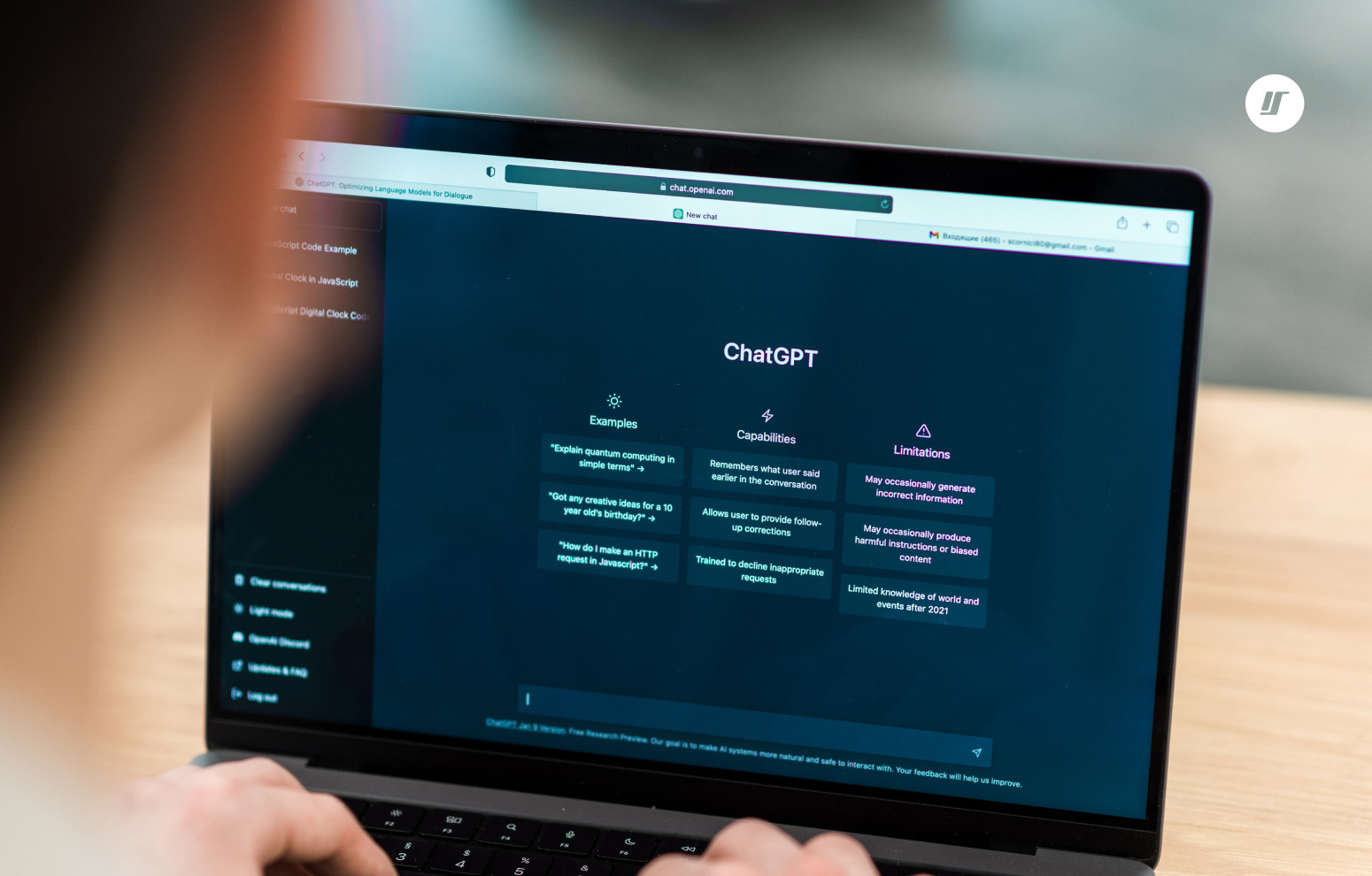

Voice-Driven Bots
Voice-activated technology has fueled growth in voice-driven chatbot app development, allowing hands-free, natural interactions through devices like Alexa and Siri. This approach makes chatbots more accessible and user-friendly.
Voice-driven chatbots cater to users who prefer hands-free interaction, benefiting those with disabilities and users who need convenience, such as drivers or multitaskers.
By integrating with IoT devices, voice-driven bots allow users to control smart home settings or check appointments via voice commands, expanding the chatbot development process into smart home and wearable tech.
Future-Ready Chatbot Architecture
As we progress into 2025, building a chatbot has evolved from a straightforward automation task into a complex process that combines advanced AI, multi-platform adaptability, and user-centered design. With advancements in AI chatbot development, businesses can now create bots that are not only responsive but context-aware, capable of handling intricate user interactions across industries like healthcare, finance, and retail. This guide outlines each phase of the chatbot development life cycle – from choosing the right tech stack to designing a robust chatbot architecture. By following these steps, companies can deploy chatbots that deliver not only functionality but also substantial value by improving customer engagement and operational efficiency.
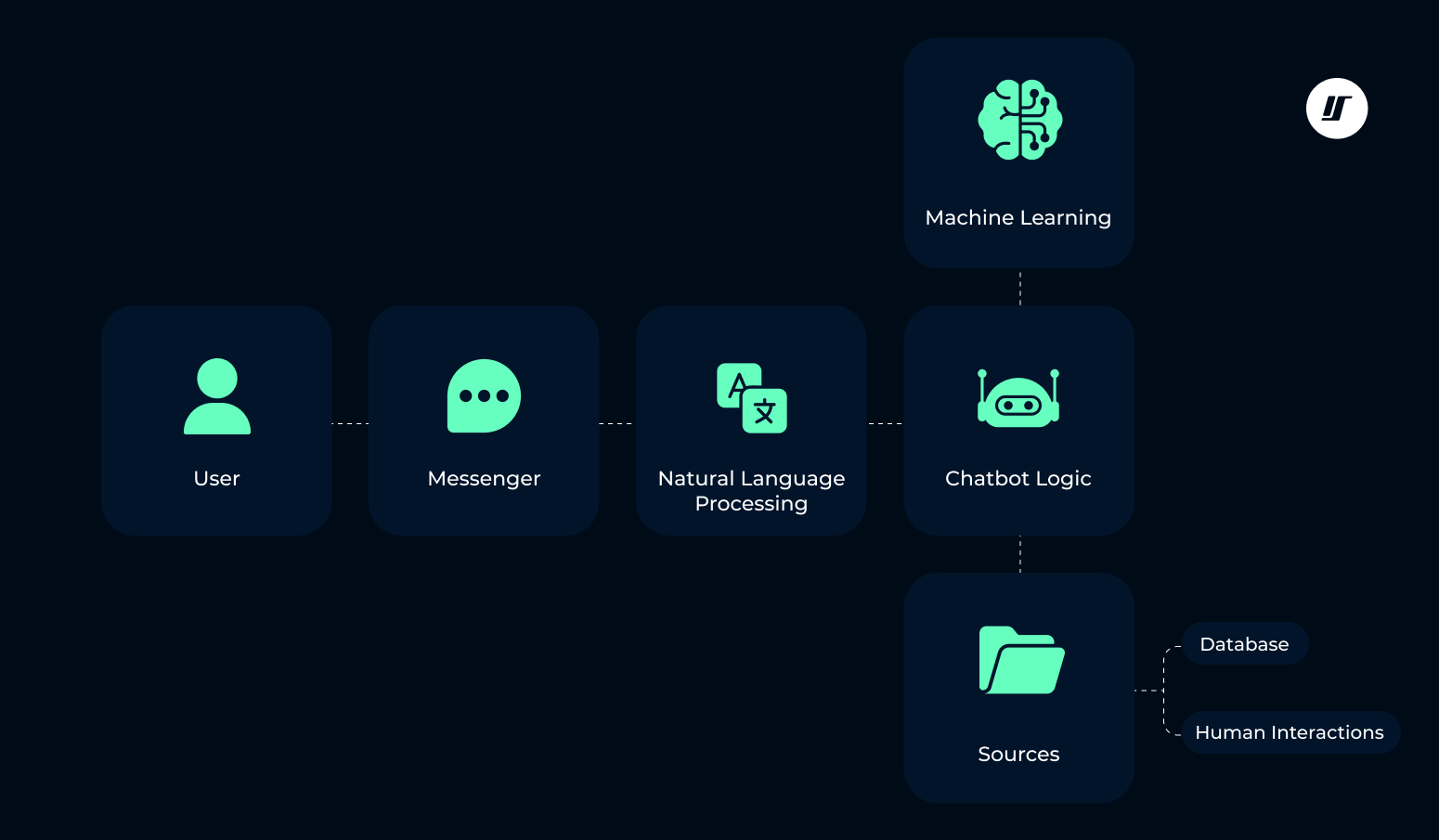

The significance of a well-planned chatbot process is evident in its impact on data collection, customer satisfaction, and brand interaction. Key features such as cross-platform functionality, human handoff, and customizable interfaces enhance the bot’s capabilities and user experience, making it an invaluable business asset. Emerging trends like GPT-4 and voice-driven chatbots are pushing the boundaries of AI chatbot architecture by making these solutions faster to build, more inclusive, and more versatile. By strategically building chatbots with these advancements, businesses can harness a forward-looking chatbot development methodology that positions them to meet evolving user expectations and secure a competitive advantage in the digital landscape of 2024 and beyond.
Subscribe to updates
Source link











